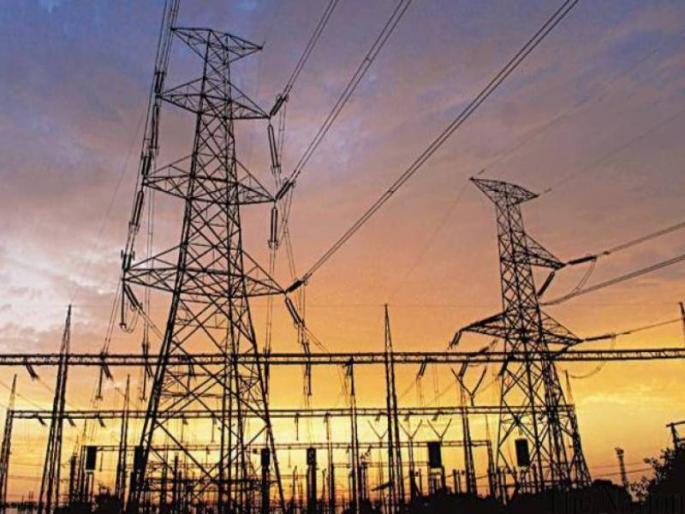


Every home is likely to encounter electrical hiccoughs at some point. Be it a minor incident like a circuit breaker trip or something major like a power outage, gaining knowledge about emergency electrical services can be highly beneficial and potentially a lifesaver.
This guide explores the basics of electrical emergencies in your home, how to identify common problems, mitigate them, and when it’s necessary to get help from an emergency electrician.
Common electrical problems range from flickering lights to unexpected power outages. Flickering lights, for instance, may indicate a defective bulb or an issue with the appliance connected to it.
Still other times, unexplained increases in your energy bill could point to appliances sucking up unnecessary power or faulty wiring. Getting familiar with these common issues can save you unnecessary worry and even potential hazards.
When dealing with electricity in your home, some specific tools are essential for safety and efficiency. A multimeter measures the voltage of an outlet and helps identify if there’s an issue with the current.
Screwdrivers, wire strippers, needle-nose pliers are basic tools often used in handling minor electrical emergencies. Protective gloves and safety goggles provide security from electrical shocks and sparks that might occur during the process.
A grounding in basic electrical theory can significantly help when facing electrical issues at home. Learn about volts, amps, watts and how they interplay in your home’s electricity operation.
Knowing how currents flow inside wires, what causes resistance, and effects of power surges leads to better decision-making skills during emergencies.
In your home electrical system design, circuit breakers play a vital role as safety devices. They work by tripping off to stop current flow whenever there is an overload or short circuit in your wiring system. This minimizes the risk of fires caused by overheating wires.
Handling electricity can be highly dangerous without the right precautions—turning off power sources before working on any electrical components is paramount.
Never touch live wires or attempt repairs in damp conditions, as water conducts electricity. And remember always to use tools with insulated grips when working on electric appliances.
Resetting tripped circuit breakers is one of the simplest DIY tasks you can perform during electrical emergencies at home. Locate your panel box usually mounted on walls in basements or closets.
Find the switch that is not aligned with others; this should be your tripped breaker. Carefully push it back towards the off position before flipping it onto one position.
Power outages require patience and little awareness for proper handling without adding undue stress. Keep a supply kit ready with flashlights, candles, matchsticks or lighters as well as battery backups for important appliances like mobile phones or medical equipment.
Recognizing when DIY no longer suffices can save you costly damages—repeated tripping circuit breakers; buzzing sounds from outlets; burnt smells all call for professional inspection immediately. When these signs appear, you must not hesitate to call an emergency electrician.
While tackling minor electrical emergencies alone might feel empowering, remember that certain actions carry legal implications depending on local authorities’ rules.
Perpetual changes to your house’s main wiring or adding new circuits often require licensed professionals to meet safety standards set by law enforcement agencies.
Regular maintenance detects potential problems before turning into full-blown emergencies—annual inspections can assess wear and tear on your wiring system thus preventing unexpected mishaps down the line.
A robust strategy to guarantee an uninterrupted power supply during outages is to invest in backup systems like generators or solar panels.
These systems, ingeniously designed to provide electricity autonomously, act as a safeguard when main supply lines falter or fail, effectively maintaining your household’s energy needs and creating an extra layer of preparedness for any electrical emergencies.
Healthy habits can prevent many future issues—unplug appliances after use; don’t overload outlets; replace outdated electrical units timely—all these go a long way in maintaining healthy electric supply systems at home.
Once you’ve adopted good electrical habits and familiarize yourself with the essentials of emergency electrical services, consider optimizing your home electrical system. This could mean upgrading to energy-efficient appliances, using smart power strips, or even employing LED lighting.
These enhancements not only make your home safer but also contribute to sustainability, reduced power bills, and a comfortable living environment.
Understanding emergency electrical services gives you confidence and control over situations often perceived complex—it helps detect problems early; ensures your safety while coping with minor mishaps; guides when it’s time to get professional help thus preventing costly mistakes and easing stress during major power interruptions.